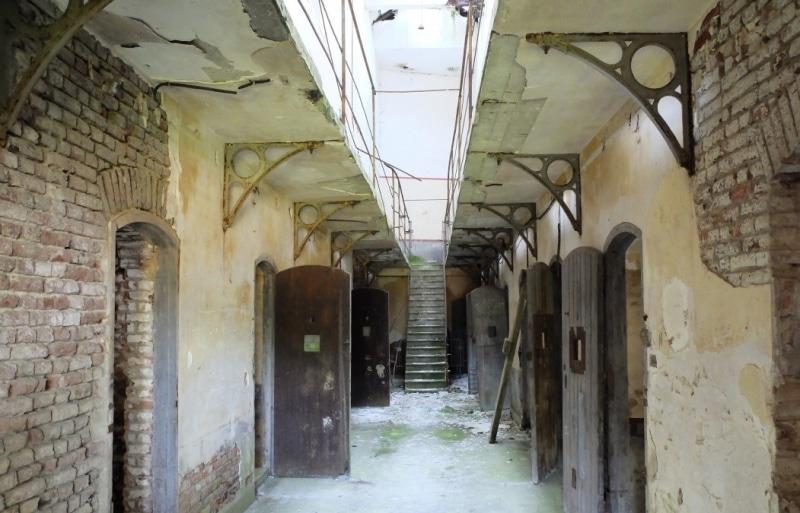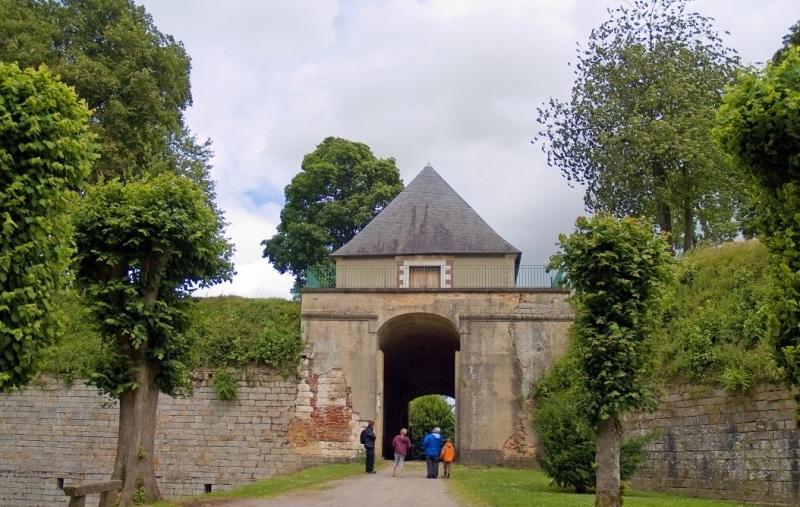Doullens Citadel
Removed from Unnamed collection





Source: Alex, Diatomic Tours Images may be subject to copyright. Learn More
The name "Courtgain" has a charming origin, meaning "small wages," and it's the perfect moniker for this quaint sailors' district. Picture two delightful parallel streets: Rue des Moulins and Rue des Pilotes. These streets lead you to a serene sailors' wayside cross and an oratory, offering breathtaking views that are nothing short of magical. The homes here, closely terraced and dating back to the late 18th and early 19th centuries, are a feast for the eyes. Constructed from bricks and cob, they feature a striking black base with the remaining walls painted in cheerful hues. This colorful tradition harks back to the fishermen who sailed the shrimp boats called "sauterelliers." Every summer, the district blossoms with vibrant flowers as it hosts the Fête de la Mer, a lively festival celebrating the sea.
Strolling through these streets is like stepping into a painter's palette, each corner bursting with color and history. The air is often filled with the scent of the sea, mingled with the floral aroma of the blooms adorning the houses. If you listen closely, you might even hear tales of the past whispered by the old bricks. This is a place where the past and present dance together, creating a unique atmosphere that captures the heart.

 Alex, Diatomic Tours
Alex, Diatomic Tours  France
France